Video
Sign up for our newsletter
We summarize the week's scientific breakthroughs every Thursday.
-
 Animals
AnimalsScience has finally cracked male riflebirds’ flirty secrets
New video upsets the old notion that these birds of paradise use wing clapping to make percussive sounds while courting.
By Susan Milius -
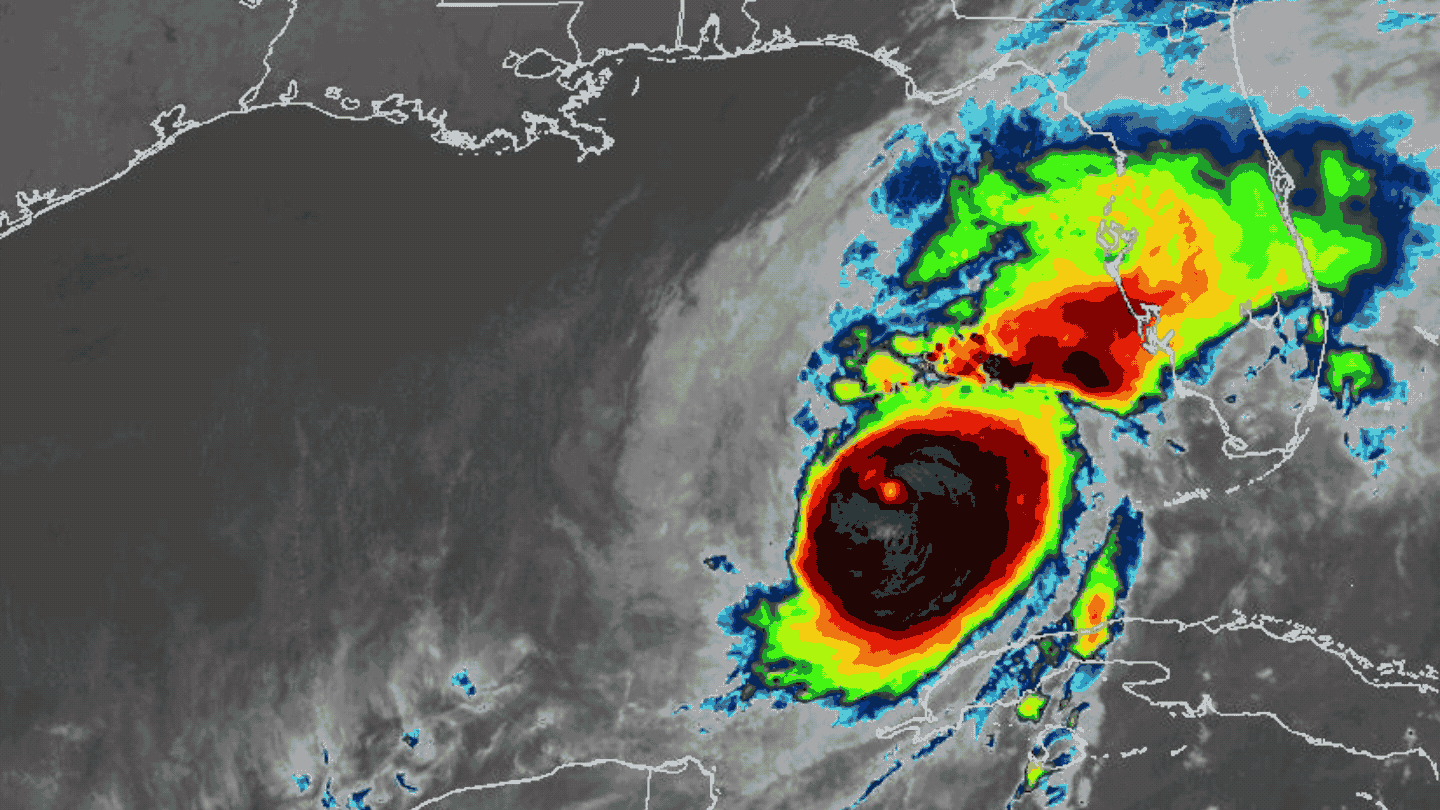 Climate
ClimateClimate change fueled the fury of hurricanes Helene and Milton
Two new studies find climate change amped up sea surface temperatures in the Gulf of Mexico, fueling the hurricanes' intensity.
-
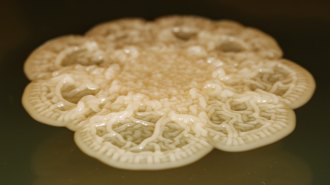 Microbes
MicrobesSome bacteria in your mouth can divide into as many as 14 cells at once
The filamentous bacterium Corynebacterium matruchotii has a unique reproductive strategy that might allow it to claim territory quickly.
-
 Climate
ClimateCan solar farms and crop farms coexist?
Researchers working in the field of agrivoltaics are studying how to combine solar farming with grazing, crop production or ecological restoration.
By Luke Groskin -
 Planetary Science
Planetary ScienceScientists find a long-sought electric field in Earth’s atmosphere
The Earth’s ambipolar electric field is weak but strong enough to control the shape and evolution of the upper atmosphere.
-
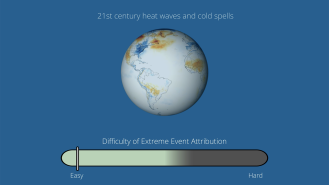 Environment
EnvironmentHow much is climate change to blame for extreme weather?
Scientists can estimate how much more likely or severe some past natural disasters were due to human-caused climate change. Here's how.
By Maria Temming and Luke Groskin -
 Environment
EnvironmentFiddler crabs are migrating north to cooler waters
The crabs are climate migrants and could be a harbinger of changes to come as more species move in.
By Luke Groskin -
 Climate
ClimateSummer-like heat is scorching the Southern Hemisphere — in winter
Warmer winters are fast becoming a global phenomenon and can affect everything from the food we grow to the spread of diseases.
-
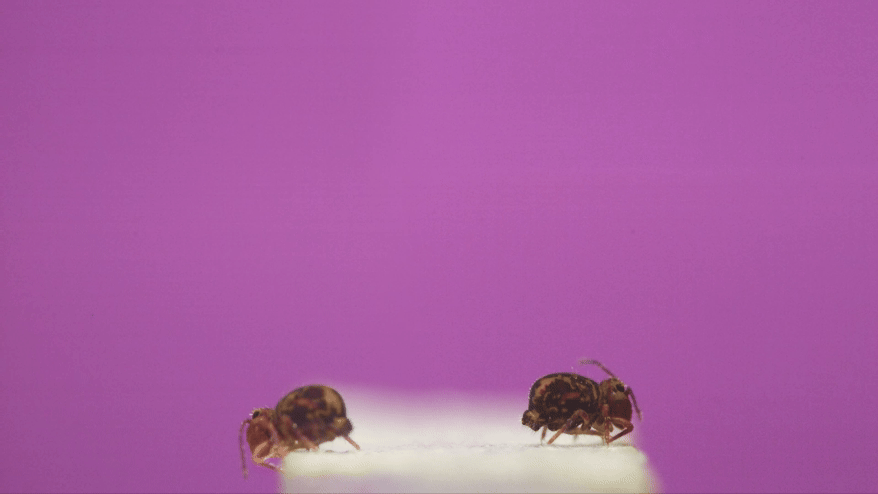 Animals
AnimalsHere’s how an arthropod pulls off the world’s fastest backflip
While airborne, globular springtails can reach a spin rate of 368 rotations per second, high-speed camera footage shows.
-
 Oceans
OceansNational Geographic’s ‘OceanXplorers’ dives into the ocean’s mysteries
National Geographic’s documentary series ‘OceanXplorers,’ produced by James Cameron, invites you aboard one of the most advanced research vessels in the world.
By Abby Wallace -
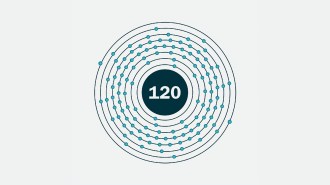 Chemistry
ChemistryA new element on the periodic table might be within reach
Scientists made the known element 116 with a beam of titanium atoms, a technique that could be used to make the undiscovered element 120.
-
 Climate
ClimateTwisters asks if you can 'tame' a tornado. We have the answer
Science News talked to a meteorologist and Twisters’ tornado consultant to separate fact from fiction in Hollywood’s latest extreme weather thriller.
By Abby Wallace